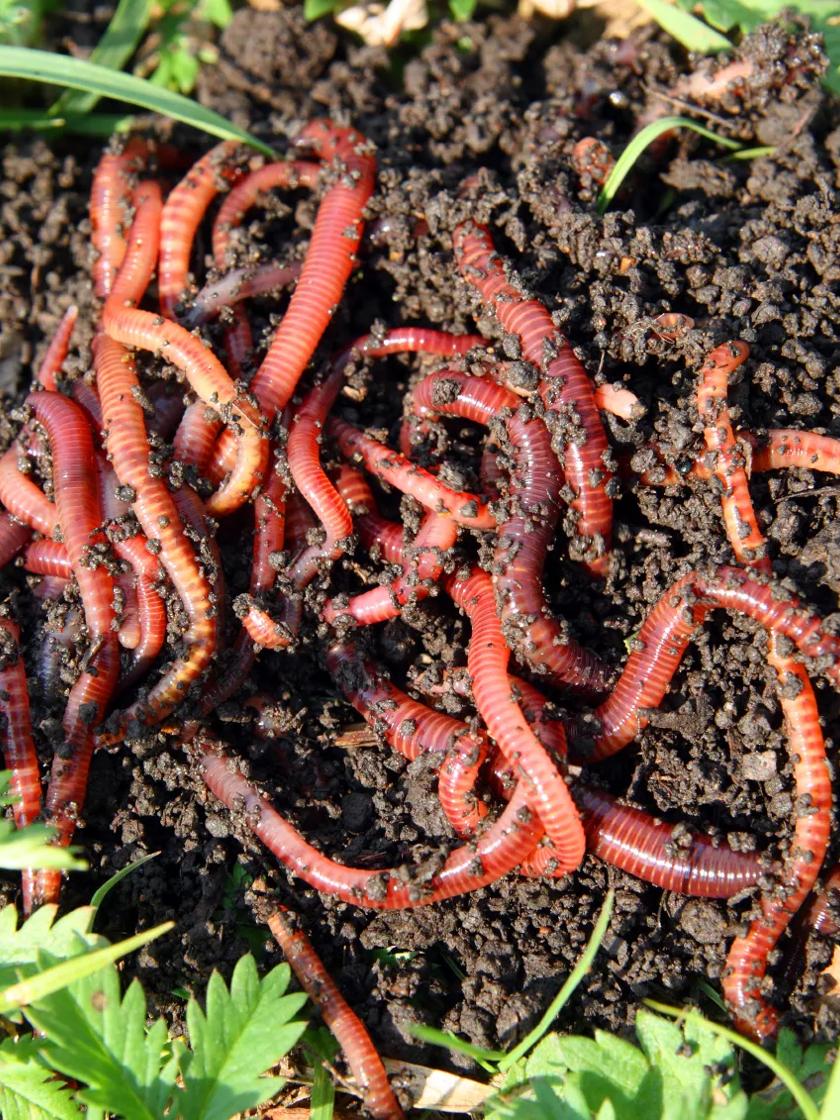How Red Wigglers Can Change Your Composting Experience
The combination of red wigglers into composting techniques supplies a transformative technique to throw away monitoring and soil enrichment. Understanding the details requirements and advantages linked with preserving a flourishing worm population is important for optimizing their capacity.
Benefits of Red Wigglers
Red wigglers, scientifically referred to as Eisenia fetida, are a keystone of efficient composting systems as a result of their remarkable capability to disintegrate organic issue successfully. These worms succeed in changing kitchen area scraps, lawn waste, and other organic materials right into nutrient-rich garden compost, typically referred to as worm spreadings. Lake Hickory Bait. This procedure not only lowers landfill waste however also adds to lasting gardening methods
One of the main benefits of red wigglers is their high reproduction price, allowing them to populate a composting setting rapidly. This quick reproduction improves decay prices, leading to faster garden compost production. In addition, red wigglers prosper in a diverse range of conditions, making them versatile to numerous composting arrangements.

Setting Up Your Worm Container
(Lake Rhodhiss Bait)To produce a reliable worm container for composting, careful attention must be provided to its style and atmosphere. A suitable worm bin ought to be created of materials that are sturdy yet enable essential air flow, such as plastic or wood. The dimension of the bin can differ, however a volume of roughly 1 square foot per extra pound of worms is an excellent starting factor.
Guarantee that the container has drainage openings to stop water buildup, which can bring about anaerobic problems damaging to the worms. In addition, incorporating ventilation holes will aid preserve appropriate moisture degrees and oxygen flow.
Next, it is important to provide bed linen for the worms, which can include shredded newspaper, cardboard, or coconut coir. This bedding not just provides a habitat for the worms but additionally help in wetness retention.
Placement the worm container in a location that maintains a temperature variety of 55-77 ° F(13-25 ° C) to maximize worm activity. Stay clear of positioning the container in straight sunlight or extreme temperature levels. By adhering to these guidelines, you can develop a favorable environment for red wigglers, boosting the effectiveness of your composting process.
What to Feed Your Worms

(Granite Falls NC Worms For Sale)Red wigglers specifically delight in soft, wet foods like watermelon skins, cucumber peels, and banana peels. It is essential to avoid feeding them citrus fruits, onions, and garlic, as these can be damaging to their well-being. Additionally, prepared foods, dairy products, and meat needs to be purely avoided, as they can result in smells and attract bugs.
To keep optimum conditions, it's suggested to chop larger scraps into smaller pieces, assisting in quicker disintegration. Start by introducing tiny quantities of food and keep track of the worms' consumption price; change accordingly to stop YOURURL.com overfeeding, which can develop an unhealthy environment. Finally, giving a constant feeding timetable will help maintain your worm populace growing while enhancing the overall efficiency of your composting efforts. By understanding what to feed your worms, you lay the foundation for an effective and lasting composting experience.
Preserving a Healthy And Balanced Habitat
Developing a thriving composting setting for red wigglers calls for attention to their environment, as it straight affects their health and wellness and productivity. The perfect environment needs to preserve a well balanced dampness level, usually in between 60-70%. Excessive wetness can cause anaerobic problems, while insufficient moisture might dry out the worms.

The bedding material in the garden compost must be varied and shredded, incorporating products like cardboard, newspaper, and coconut coir. This not only gives a comfy setting however additionally works as a food source. Lake Hickory Bait. Frequently checking for odors or indicators of insects can help determine prospective issues prior to they rise
Finally, preserving a well balanced pH level, ideally in between 6 and 7, guarantees a favorable habitat for red wigglers, promoting their capacity to process organic matter effectively. By dealing with these elements, you can produce a sustainable and productive composting ecological community.
Harvesting and Utilizing Compost
Harvesting garden compost from a worm container is a gratifying process that changes organic waste into nutrient-rich material for gardens and plants. This can be done utilizing methods such as the "light" technique, where worms are attracted to light and can be scooped away from the leading layers, or by moving the garden compost to one side of the container and including fresh bedding to the other side, motivating the worms to move.
As soon as the worms are gotten rid of, the remaining compost can be sorted to get rid of any type of larger bits or undecomposed material. This abundant garden compost can be used directly to garden beds, combined right into potting dirt, or used as a top clothing for potted plants.
Verdict
Including red wigglers into composting practices considerably enhances the disintegration procedure and adds to the production of nutrient-rich vermicompost. Their flexibility to numerous settings and high recreation rates guarantee a lasting populace, which properly damages down raw material. The resulting worm spreadings boost dirt structure, fertility, and microbial activity, ultimately promoting healthier plant growth. The assimilation of red wigglers into composting not just enhances waste management however also improves garden environments.